Asteroid samples from another world
On Sept. 24, 2023, Earth will receive a visitor from another world.
It’s not alien life; it’s not even a natural occurrence. We’ll be able to plan and anticipate its arrival down to the minute. And once it gets here, it may fundamentally change our understanding of life itself.
OSIRIS-REx (Origins, Spectral Interpretation, Resource Identification, Security-Regolith Explorer), a NASA mission to the near-Earth asteroid Bennu, is on its way back to us with samples from its surface. In September, the sample return container will touch down in Utah and start a new journey, helping scientists unlock the secrets of the early Solar System and our understanding of near-Earth asteroids.
The main spacecraft will continue on past Earth. Thanks to a mission extension, it will become OSIRIS-APEX (OSIRIS-Apophis Explorer) and journey on to the near-Earth asteroid Apophis.
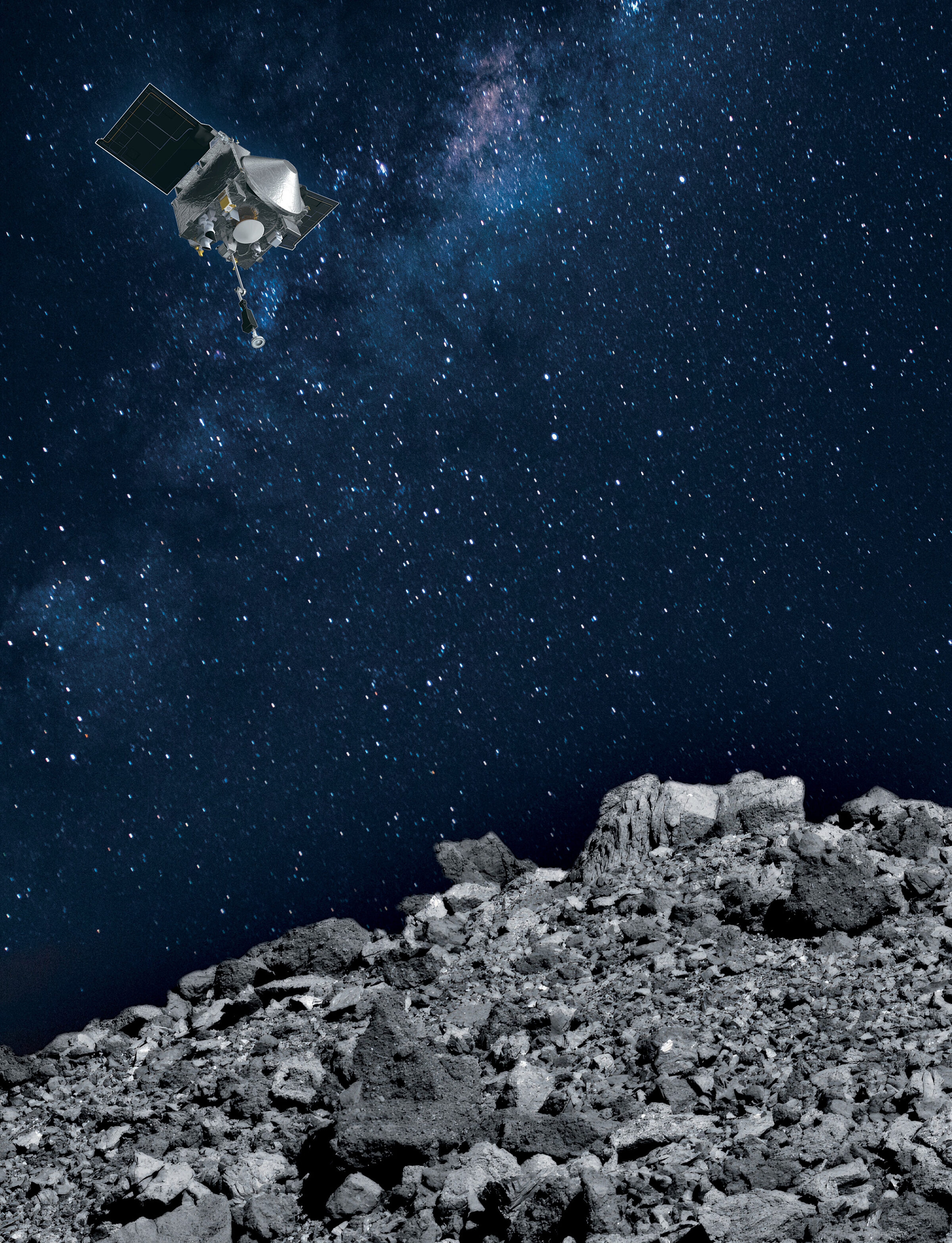
Setting course for Earth
Here’s how everything will unfold. When the dynamic duo is approximately four hours (or about 100,000 kilometers or 60,000 miles) from Earth, the sample return container will separate from the spacecraft. “You’re a third of the way to the Moon, and you just have this spring that is ejecting the capsule and giving it a spin,” explains Mike Moreau, flight dynamics system manager at NASA’s Goddard Space Flight Center, who’s in charge of the team handling OSIRIS-REx’s navigation. “We don’t do anything to control it. It’s just like a really long three-point shot.”
That’s because the sample container itself doesn’t have any engines or thrusters. The hard work to obtain a precision landing comes in the period before that separation. “All of the work to do the targeting is happening in those two weeks beforehand,” says Moreau. At 14 days out from the sample return, OSIRIS-REx will fire its thrusters and perform a trajectory-correction maneuver, targeting a specific return area at the Utah Test and Training Range, approximately 130 kilometers (80 miles) southwest of Salt Lake City.
The landing site seems large: an ellipse roughly 20 kilometers by 80 kilometers (12 by 50 miles). But programming a spacecraft’s navigation to hit such a precise target is challenging to say the least, and it happens in stages. “Last summer, we had to propagate our errors a whole year into the future. There’s a large uncertainty because we’re farther away from Earth,” Moreau explains. But as the spacecraft has gotten closer to Earth, the flight dynamics team has refined their calculations, and that error has gotten smaller. By two weeks out, there should only be small changes necessary to achieve that narrow target window for entry. The team will have multiple opportunities to adjust that trajectory if necessary.
But by four hours out, they will have done everything they can do. “It’s still kind of mind boggling that you release a thing on a spring 100,000 kilometers from Earth ... and it’s going through a window that’s probably a couple kilometers wide in the atmosphere to hit your target,” says Moreau.
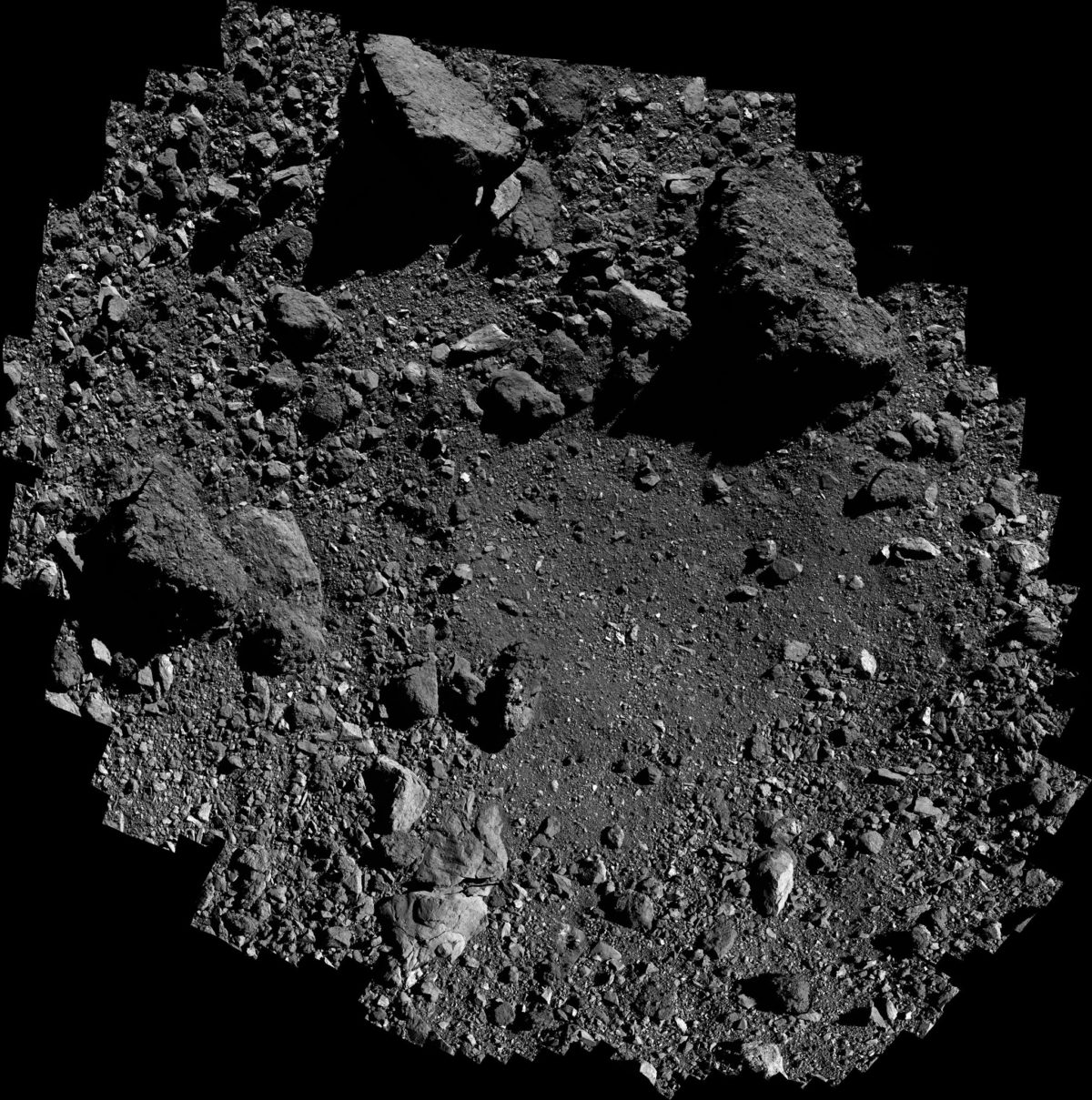
EDL: Entry, descent, and landing
The sample return container is a capsule like the crew capsules from the Apollo program, with a blunt end and nose cone. The entire thing is just under 1 meter (3 feet) long. When it separates from the larger spacecraft, it will spin for stabilization. “I like to compare it to a quarterback throwing the perfect spiral pass downfield ... you want it to travel through the air as efficiently as possible,” explains Dante Lauretta, principal investigator for the mission.
“It’s got a heat shield with the nose cone that’s aerodynamically optimized for high velocity entry through the atmosphere,” says Lauretta. That heat shield is what allows for one of the fastest reentries in history at just under 12.4 kilometers (7.7 miles) per second. This will happen at approximately 8:42 a.m. MT; there’s just 0.3 seconds of uncertainty.
Within one minute, the sample return container will bleed its heat shield material as it enters its peak heating period. Simultaneously, it’s undergoing aggressive deceleration thanks to atmospheric drag. Two minutes and 10 seconds after atmospheric entry, an initial drogue parachute will deploy. This will help stabilize the container as it speedily makes its way to the ground.
Around 1,000 meters (3,200 feet) above Earth’s surface, the main parachute will deploy. And approximately 13 minutes after the reentry process begins, it will be over. The sample container will hit the Utah desert at about 4.6 meters (about 15 feet) per second.
After touchdown is confirmed, it’s the ground team’s turn to take action.

What is OSIRIS-REx? And why Bennu?
Before we get into the next phase of the sample container’s journey, let’s discuss the ins and outs of the mission. At its core, OSIRIS-REx is a mission to a near-Earth asteroid initially called 1999 RQ36. In 2013, 9-year-old Michael Puzio won a competition to name the asteroid. The competition was co-hosted by The Planetary Society along with the University of Arizona and the MIT Lincoln Laboratory. He called it Bennu after a deity from ancient Egyptian mythology.
Bennu orbits the Sun every 1.2 years and is closest to Earth’s orbit every six years, around 300,000 kilometers (186,000 miles) away. A little over two years after it launched, OSIRIS-REx entered orbit around Bennu on Dec. 31, 2018, and began the long process of mapping the asteroid in detail. After sampling sites were identified by the team back home, the spacecraft made its first sampling on the asteroid to gather material on Oct. 20, 2020.
Scientists didn’t expect what they found on Bennu’s surface. “What surprised us was how loosely packed and how fragile the surface was,” Lauretta says. “When the spacecraft made contact, it sunk in like 2 feet deep. The robotic arm just plowed through with no resistance from the surface whatsoever. And that was shocking to us. And we realized that the material is very weak and breaks apart incredibly easily.”
We’re about to receive quite a unique sample. Scientists have worked with samples from other worlds before, like the precious lunar samples Apollo astronauts brought back from the Moon. They also routinely seek out and study meteorites. Antarctica in particular is a goldmine for these otherworldly specimens. “I was able to be a field team member collecting meteorites in Antarctica in 2019,” says Nicole Lunning, deputy OSIRIS-REx curator within NASA’s Astromaterials Research and Exploration Science Division (she’s in charge of preserving the asteroid samples). “Just seeing a meteorite on the ground was an amazing experience. There’s nothing like it; even after finding dozens, it doesn’t get old.”
But any meteorite that falls to Earth is different from what we’re getting from OSIRIS-REx because meteorites are what have survived after the traumatic process of reentering Earth’s atmosphere. This additional material from Bennu would simply never survive that process. “We’re bringing back material that we hope is unlike anything that’s available on the surface of Earth from our meteorite collection,” explains Lauretta.
This sample is now zipping toward Earth along with 442,803 names collected by The Planetary Society for the mission. These names visited the asteroid Bennu via microchip. One set will continue onward to the asteroid Apophis while a duplicate will land on Earth with the sample return container.
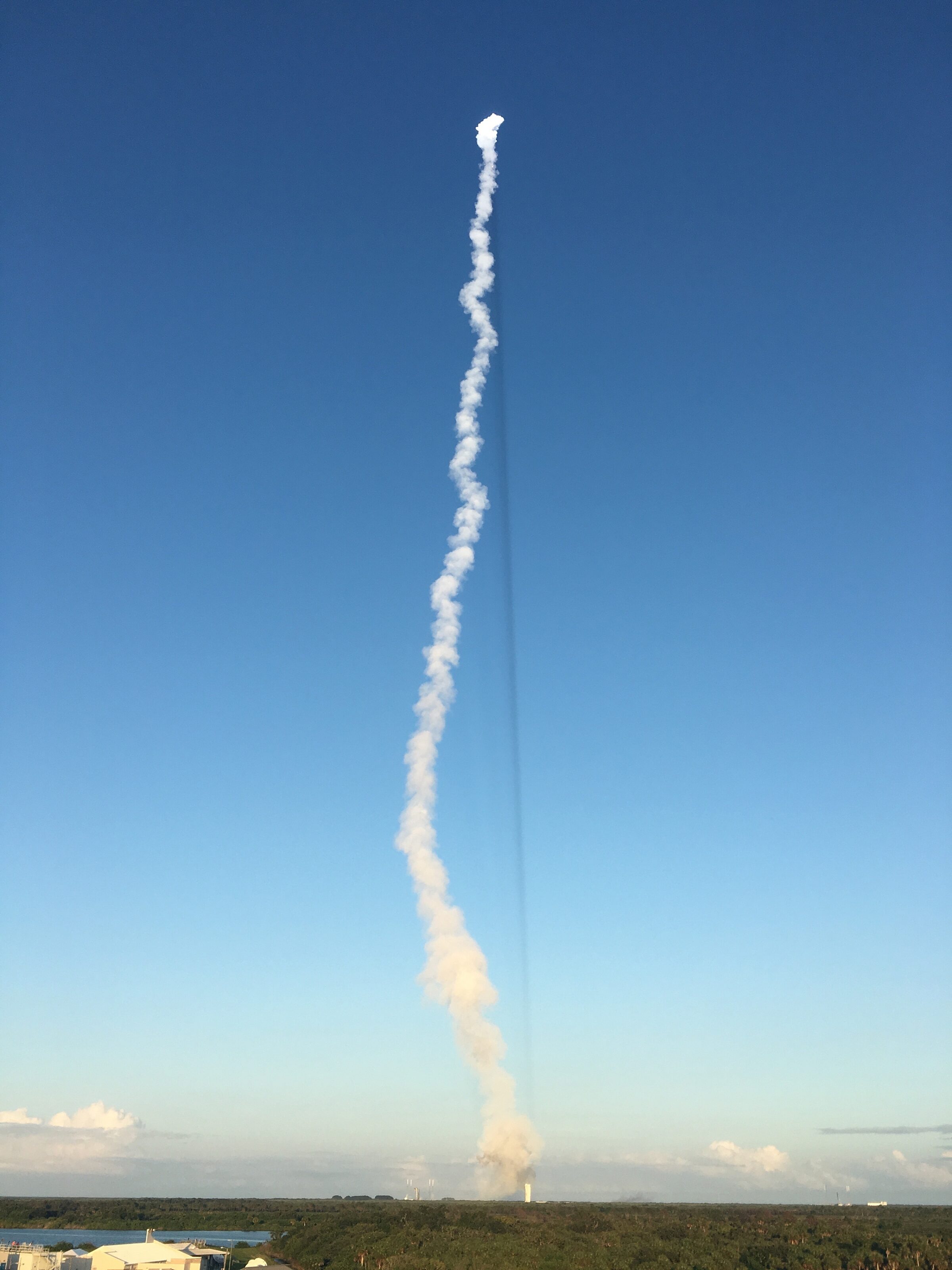
Contamination, unboxing, and everything in between
When the sample container finally lands, the ground team will be very close by to spring into action. Lauretta and his team members will be waiting in hangars at the Utah Test and Training Range, less than an hour’s helicopter ride from the landing site. “There will be four helicopters staged there,” Lauretta explains. “In case of inclement weather, we’ll have ground track vehicles, so we will drive out, which will take a lot longer. It doesn’t matter — rain or shine, whatever happens in Utah, we’re coming.”
The first helicopter will contain a safety officer, who will make sure the landing site is safe and the capsule is secure. Then, the rest of the team will arrive on-site. Everything will be photographed and documented, and samples will be taken of the soil, air, and everything else possible surrounding the capsule. The canister itself will be taken back to the hangar, where Lunning and the curation team will have set up a portable clean room.
At that point, “the back shell and the heat shield will be taken off as well as other avionics equipment,” says Lunning. The aim is to get the sample canister into a nitrogen purge as quickly as possible.
“Nitrogen is an inert gas, and that’s why it’s beneficial for curation purposes,” says Lunning. It’s what NASA uses to preserve samples from the Moon as well. “That nitrogen purge then also further prevents the ingress of terrestrial atmosphere and humidity.”
The canister will then be put on a plane, still under a nitrogen flow, to Johnson Space Center in Houston. At this point, it will enter a clean room for further cleaning before finally heading to the curation lab. “The canister does not get opened until they get into the OSIRIS-REx curation lab,” explains Lunning. “We actually will open the canister inside of a nitrogen glove box.” Because the sample container is quite large, the OSIRIS-REx team worked with Lockheed Martin to design a special glove box specifically for this sample return mission. “We’ll basically have a very elaborate unboxing procedure,” Lunning jokes, which will take place approximately nine or 10 days after landing.
And then? We’ll have the sample.
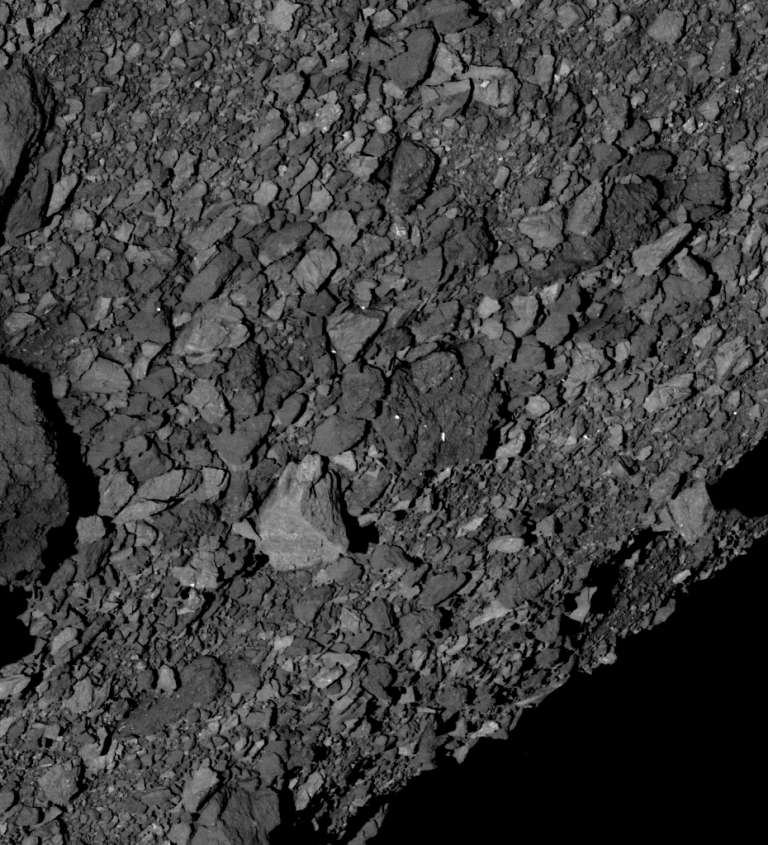
Material from another world
Scientists aren’t really sure how much material there is within the sample container, but they think there’s quite a bit. Lauretta estimated there would be about 250 grams to work with — about the mass of a baseball — which is far above the mission’s goal of 59.5 grams. “Having more sample than we know what to do with is the best-case scenario,” says Lunning.
After the canister is fully opened, they’ll start taking a closer look at it. “We’ll get it all laid out on the trays and do a bunch of photo documentation [and] spectral imaging,” says Lauretta. “We’ll start to identify the variation that we see in the sample and start to make our selections for science.”
Parts of Bennu will stay at Johnson Space Center for study. Smaller samples will get hand-carried to labs around the world for study thanks to NASA’s Participating Scientist Program. And many samples will go into the vault at Johnson Space Center, side by side with NASA’s lunar samples. One day, future scientists will have the chance to unseal and work with these perfectly preserved pieces of another world.
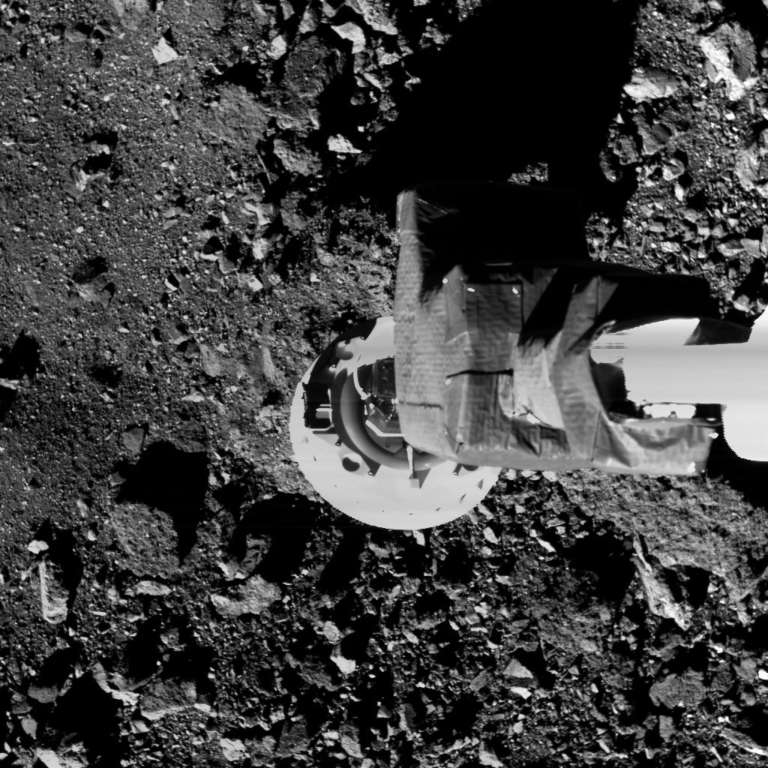
What’s the big picture?
It’s an amazing mission, but why does it matter? There are a few things to think about.
In practical terms, Bennu is a near-Earth object, and it could pose a threat to us one day. That’s why studying it is crucial. “We need to understand what this material is — what it’s made out of — in the event that a future generation is going to have to come up with an impact mitigation mission,” explains Lauretta. “Understanding the asteroid, its orbit, its physical properties, its thermal properties, [and] its chemical properties is going to be essential for all of that information.”
But there are bigger implications than just planetary defense. Samples from Bennu could help us understand the beginnings of our Solar System and life within it. “We have no clue how matter goes from an inanimate state to a living state,” Lauretta explains. Scientists have been looking for the source of that spark for years. What creates life from nothing? OSIRIS-REx and our samples from the asteroid Bennu might help shed light on the answer.
“All life on Earth comes from life,” Lauretta says, referring to the very first instance of life sparking from inanimate organic material billions of years ago. “We think that these asteroids record the chemistry and the physics of the processes right before that event took place. It’s kind of like the starting inventory.” With the samples from Bennu, we can learn about the compounds these asteroids delivered to Earth’s surface and possibly understand that singular transition of what sparks life. Lauretta concludes, “We’re trying to understand the origin of life, which is the biggest scientific mystery to be solved, in my opinion.”
The Time is Now.
As a Planetary Defender, you’re part of our mission to decrease the risk of Earth being hit by an asteroid or comet.
Donate TodayThe Planetary Report • June Solstice
Help advance space science and exploration! Become a member of The Planetary Society and you'll receive the full PDF and print versions of The Planetary Report.


 Explore Worlds
Explore Worlds Find Life
Find Life Defend Earth
Defend Earth


